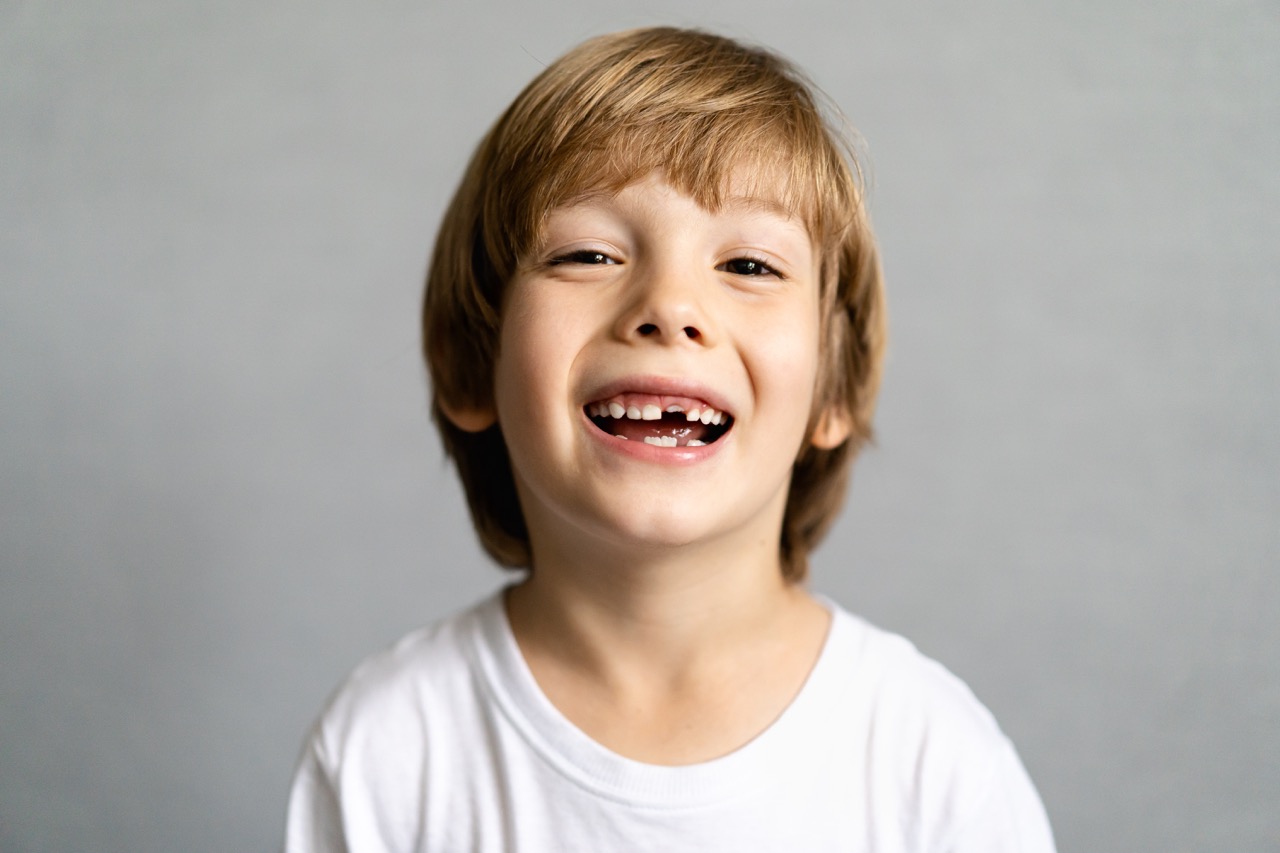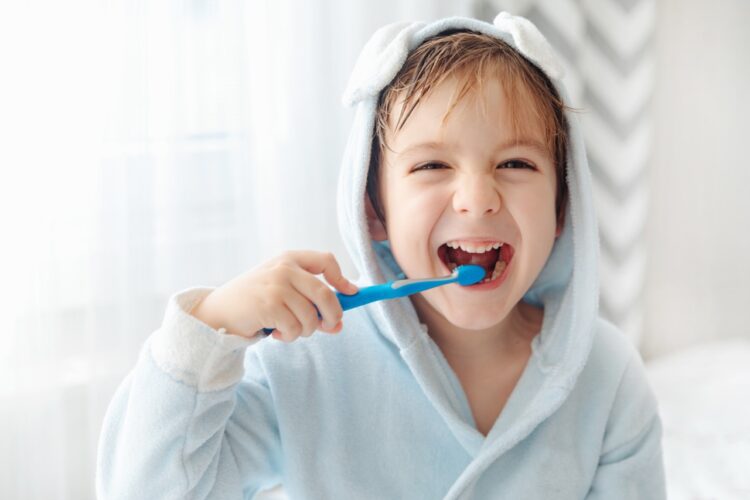When you have a child, it can feel like navigating an endless list of milestones as they grow. One momentous occasion is when your little one receives their first visit from the tooth fairy!
The average age:
Each child’s experience with losing their baby teeth differs. Generally, at the age of six a kid will lose their first deciduous tooth, yet some kiddos may begin as young as four, and others may not commence until seven; this process continues up to twelve years old. 32 permanent adult teeth typically take over once all primary or milk teeth are gone, making room for them to grow naturally.
The timeline of teeth loss:
The sequence goes as below:
- The 2 upper and lower central incisors
- The lateral incisors
- 1st molars
- Canines
- Second molars
Typically, infants’ teeth fall out in a similar sequence as they erupt; nonetheless, this pattern may vary among children since each one sheds their baby teeth at distinct times during life’s progression. When your child reaches the age of 21, they should have all 32 adult teeth in place.
Is it safe to wiggle a loose tooth?
Yes, it is safe and quite common for kids to wiggle a loose tooth. This gentle motion helps the tooth come out more easily and can help speed up the process of losing baby teeth. However, if your child experiences any discomfort or pain when wiggling their tooth, they should stop immediately. Additionally, you should be sure to check the condition of their tooth before allowing them to wiggle it, as a broken or damaged tooth could cause an infection if the root is exposed. If you have any concerns about your child’s teeth, it is best to consult with a dentist.
Follow these tips for successful removal:
- Hold an ice cube on their gums for several minutes prior to wriggling it out. This will help numb their gums and minimize any discomfort they may feel during the process.
- Drying a wet tooth is essential for better grip, as it can become slippery due to moisture. A clean napkin or tissue should be used so that you can easily hold onto the tooth and remove it safely.
- Twist and hold the tooth for at least five to ten seconds in one direction. Then, change directions and repeat the process. By doing so, you are loosening gum fibers around the tooth which will make it easier to remove from your gums.
Does losing baby teeth hurt?
When new permanent teeth start pushing through the gums and pushing on the baby teeth, some mild discomfort and soreness can occur. This is normal and should not be cause for concern. If your child exhibits swelling or intense pain in their gums, contact a dentist right away to rule out any other potential issues.
What about wisdom teeth?
Wisdom teeth usually emerge between the ages of 18 and 25. While some people may experience no difficulty when their wisdom teeth come in, many individuals need to have them removed due to overcrowding or other dental complications. Wisdom tooth extraction is a common procedure, and most adults do not experience any significant discomfort afterward.
Conclusion:
Overall, losing baby teeth is a natural process that most children experience throughout childhood. Knowing more about the timeline of tooth loss and how it affects your child can help you provide proper care for their oral health. With regular brushing and flossing, as well as biannual visits to the dentist, your child’s teeth should remain healthy throughout each stage of development.





